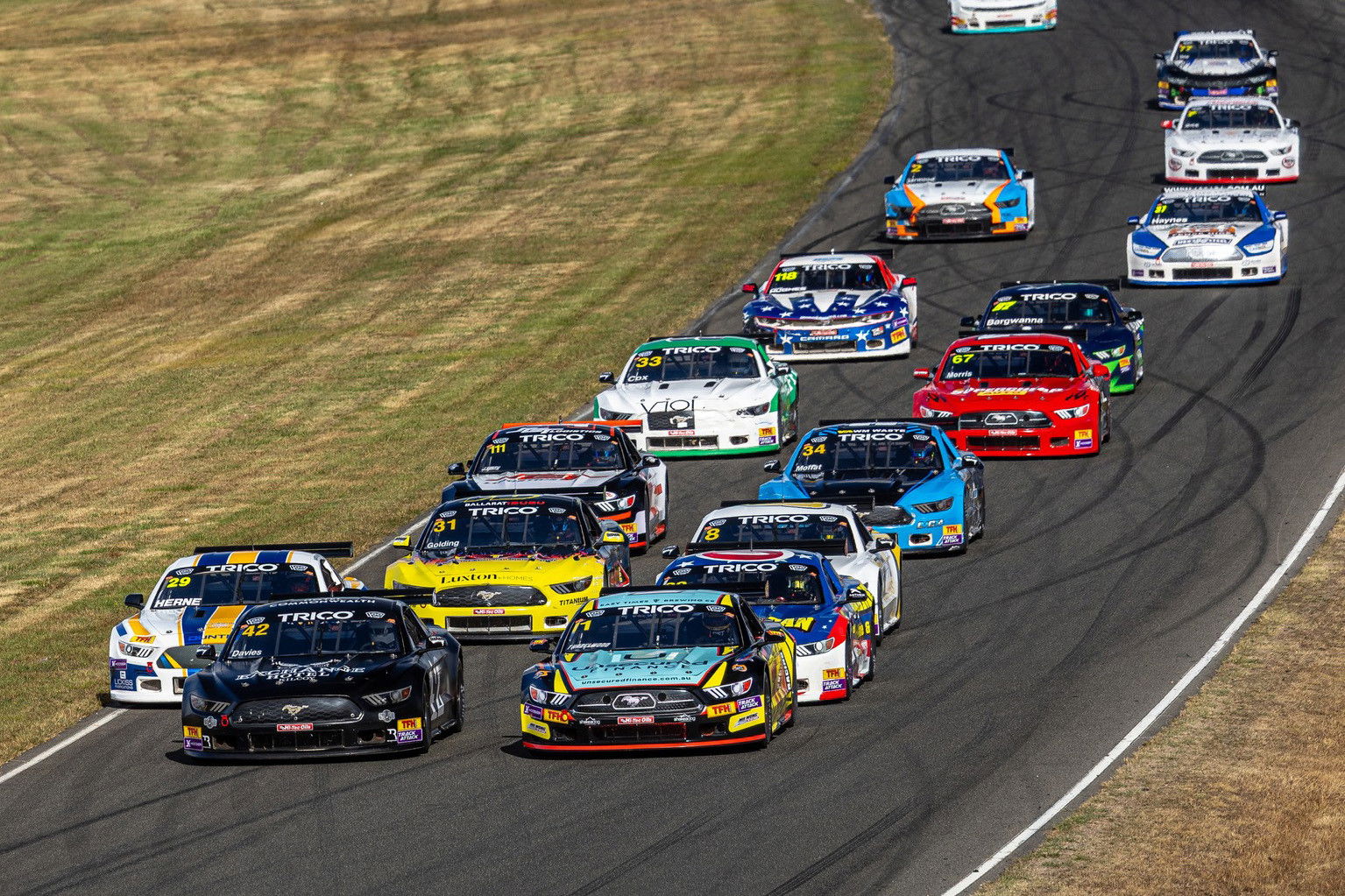
That weekend drew a 32-car field. Just eight Chevrolet Camaros raced, the remaining 24 cars were Ford Mustangs. There were no Dodge Challengers.
Across the four races, the best-finishing Camaro was 12th in Race 1 (Elliot Barbour), 13th in Race 2 (Jarrod Hughes), eighth in Race 3 (Hughes) and ninth in Race 4 (Barbour).
The second round of the Trico Trans Am Series at Mount Panorama on April 18-20 is set for a record 41-car grid.
Trans Am, which will combine its grid with the TA2 Muscle Car Series, will field another lop-sided grid of 28 Mustangs. There’ll be 12 Camaros and just one Challenger.
So does the category have a parity problem? Speedcafe spoke with series regulars Elliot Barbour and Nathan Herne as well as team owner and series promoter Barry Rogers to understand whether it’s an issue.
The series may brand itself as a spec category with identical powertrains, but speaking to competitors, it’s accepted that there are ultimately aerodynamic differences between the models – so much so that the Challenger isn’t even a consideration for most competitors.
Having driven the Camaro and the Mustang, Barbour said the Camaro lacks rear stability relative to the Mustang. To compensate for that, the Camaro has to run more rear wing angle and suffers in the straights as a result with more drag.
Barbour also noted that the Mustang is able to hold onto its rear tyres better than the Camaro as result of its supposed aerodynamic advantage. As for the Challenger, it has serious straight line speed but lacks in the corners.
Whether the Mustang is better than the Camaro is up for debate. Each car creates its speed differently, though the belief, at least between Barbour and Herne, is that the Mustang is a much easier car to find a friendly set-up window.
“Straight line speed is definitely different. The Mustang can run less wing and still create a decent amount of rear downforce. With the Chev, I’ve got a heap of wing on so we’re always around 15th in the speed trap,” Barbour explained.
“Obviously that hurts. So there is definitely a difference, but I just don’t want to say one is faster than the other because we’ve proven we’ve run second a heap of times – so the Chev is obviously capable.”
Adding to the complexity is set-ups aren’t easily interchangeable from the Mustang to the Camaro to the Challenger.
“For a class that’s meant to be all the same, you can’t plug and play,” Barbour explained.
“I couldn’t put a Mustang set-up in my Camaro and it be perfect, which we found out last year.”
Herne added: “For me, the Mustang it definitely an easier car to set-up and it’s got a bigger tolerance for being fast, but if you can get the Camaro cracking you’ve got a really good car.”
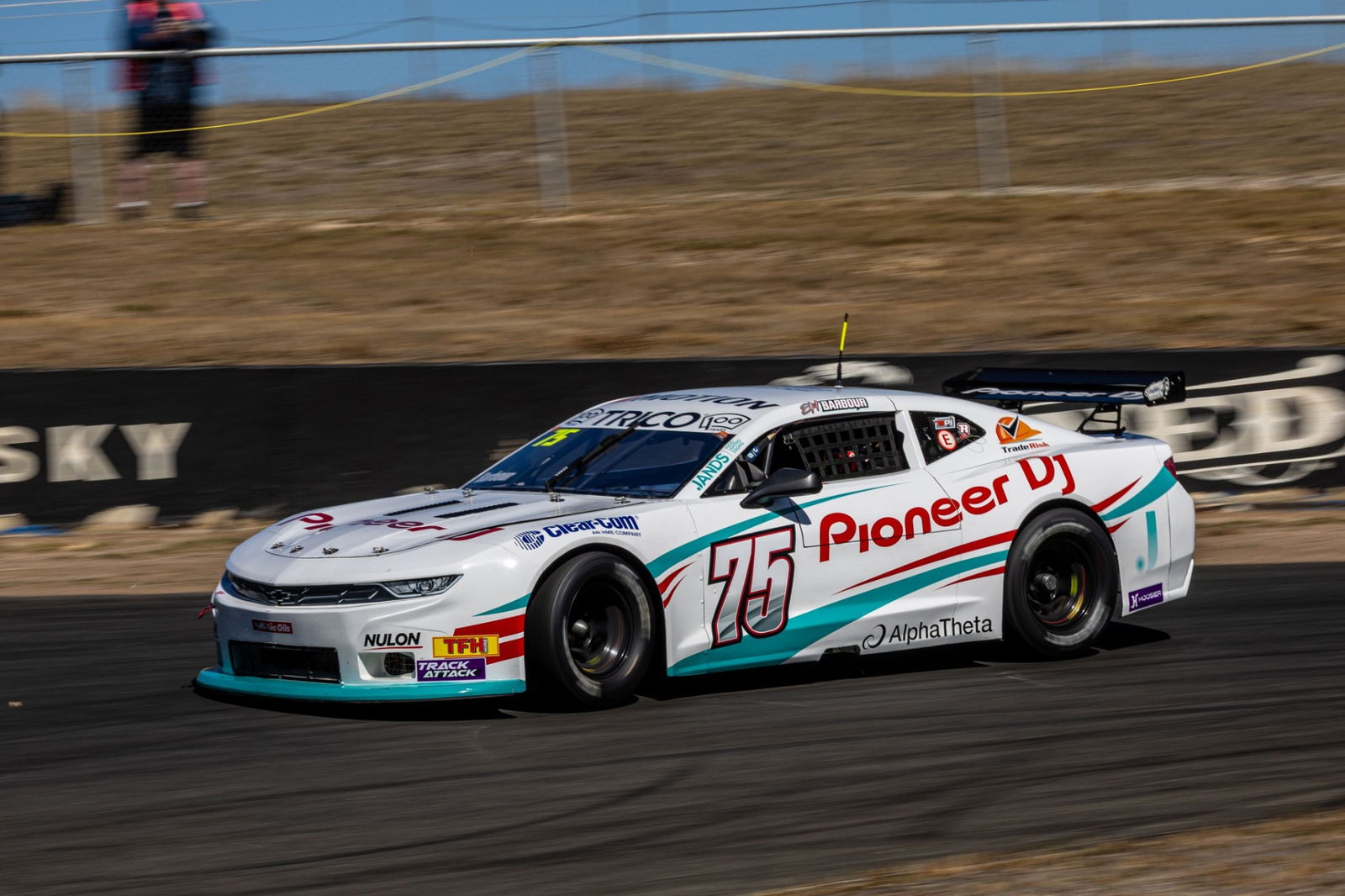
It’s worth noting that there hasn’t always been an imbalance. In its early years, Trans Am enjoyed a relatively even split of Camaros and Mustangs and there were more Challengers too. At times, the Camaro even out-numbered the Mustang. Most of those competitors were privateers.
What has exacerbated the perceived parity issue – if you can call it that – is that well-resourced Mustang teams like Garry Rogers Motorsport and TFH Racing run multiple cars and have far more data to work with.
Barbour, Herne, and Rogers are unanimous in their view that multi-car teams are the category powerhouses, and the knock-on effect of high-volume data sharing is a recipe for success.
What that means is existing and prospective competitors see the Mustang success and either make the switch or begin their Trans Am or TA2 journey in the pony car.
Barbour reasoned: “A lot of the Mustangs are run by professional operations and so I think more people have spent time on them and worked them out. There’s not as many people in [the Camaro]. There’s not as many good people in them either. The Mustangs, you’ve got Supercar guys in there, so obviously they’re gonna be maximizing them.
“They’re professional operations, all they’re doing Monday to Friday is working out how to make that thing go quick. I do it after hours or on the weekend. I run it myself and I’m definitely no engineer. I think there’s a little bit in that, that’s probably the main reason.
“I’m sure if GRM turned around tomorrow and said, ‘we’re gonna run Chevs’ within a round or two and all the testing that they do, they would work it out.
“It’s just the easy option too, because if you’re going to run a Mustang-bodied car, you can just go and get a set-up really easily. You don’t do any thinking, you don’t have to create anything, it’s just go pay someone for a setup and the car is going to be good.
“It’s an easier option for people, which is why I think a lot of people just do it. But that’s kind of why I’m like digging my heels and like, no, stuff that. I want to get a Chev up the front. I want to try and win a race in the Chev this year.”

Rogers explained: “I don’t think there’s an imbalance from a car point of view. The imbalance is probably from the teams that are running certain cars. It’s probably more where it is and the drivers that are driving certain cars.
“If we go back three or four years ago, I think if we had chosen to run Camaros instead of Mustangs, I don’t think we’d be down the back. I think it’s more to do with the volume of Mustangs that are there.
“When we grabbed hold of them from the start and started winning, I think those that came in thought, ‘shoot, they’re the cars that are winning. Let’s get on those’. So that’s, that’s probably more what it is.
“If you look at different, different [Trans Am/TA2] series, the Camaros are beating Mustangs, so it’s just a matter of who’s driving what car and which teams are running what car.”
Herne worries about the implications for the have-nots if the haves begin to dominate the category, as he’s witnessed in the US equivalent.
“I can sort of see the writing on the wall in the near future that we need to be careful with it because I really want to make sure that I’m still competitive,” said Herne.
“Because at the end of the day, that’s the best for my business is being able to produce a competitive car and from what I’ve seen in America, the American series started off very similar to what we have here. Now that is if you’re not with one team, you really haven’t got a shot over there.
“I don’t think we’ll get to that point here in Australia. It definitely will be getting to the point very soon where there’ll be a certain few teams – and that’s the same as Supercars – there’s a certain few teams that will be dominating the races and every once in a while you get a privateer guy who just sails up on the head and, and goes to the front.
“It’s just gotten to that point now where everything needs to be perfect. So that’s where the bigger teams sort of have the advantage. Everything’s done at such a high level and as a privateer and someone doing it yourself, you don’t have the time or resources to dedicate to it all, but you just sort of have to find that.”
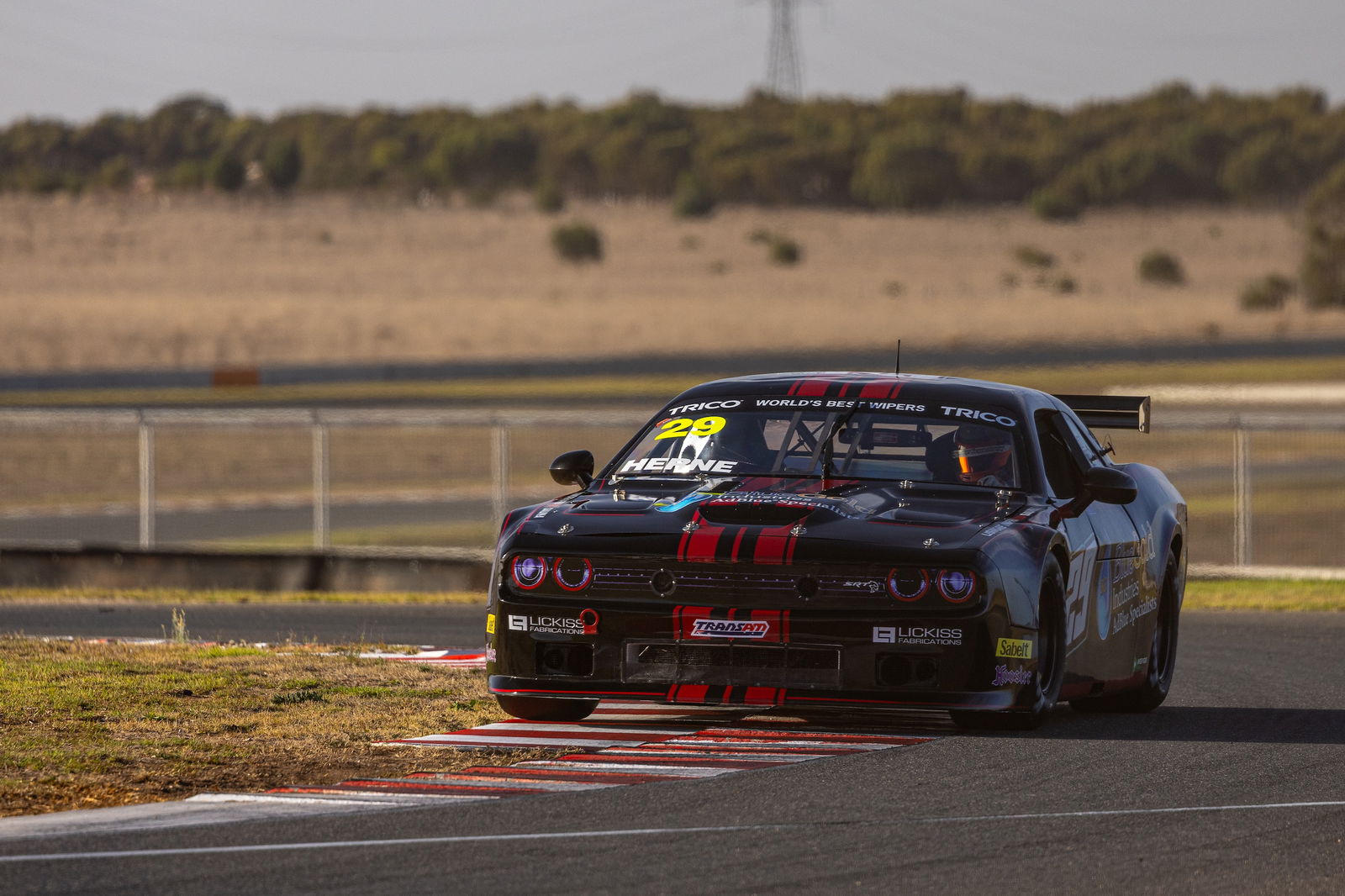
So is the quantity imbalance a problem? Rogers’ Australian Racing Group, which promotes Trans Am, said the optics aren’t ideal — but it’s not the end of the world.
“It’s funny because people just refer to them as a Trans Am. On the screen, it shows a Mustang, Camaro. It’s just Trans Am racing. It would be nice if there were more Camaros, of course. In a perfect world, you’d love it to be 50-50.
“The very first car we bought was an old second-hand Mustang, and Marcos [Ambrose] was there and we were getting some more cars and said we’ve already got one Mustang, so we might as well just keep buying Mustangs.
“That’s how it sort of started for us. It wasn’t at that point saying, ‘Oh, this one’s better than that one’. It was just that was the car we had, so let’s make them all the same.
“As I say, in a perfect world, it’d be lovely if it were half-half, but I don’t see it as a problem to be honest with you. The racing in Tasmania on the weekend showed, the racing is awesome in it.
“We’re not chasing the loyalists if you want to say that. We’re not chasing the Holden fan, the GM fan, or the Ford fan, we’re chasing the Trans Am fan.”
The Trico Trans Am Series continues at Mount Panorama on April 18-20 as part of the Hi-Tec Oils Bathurst 6 Hour undercard.



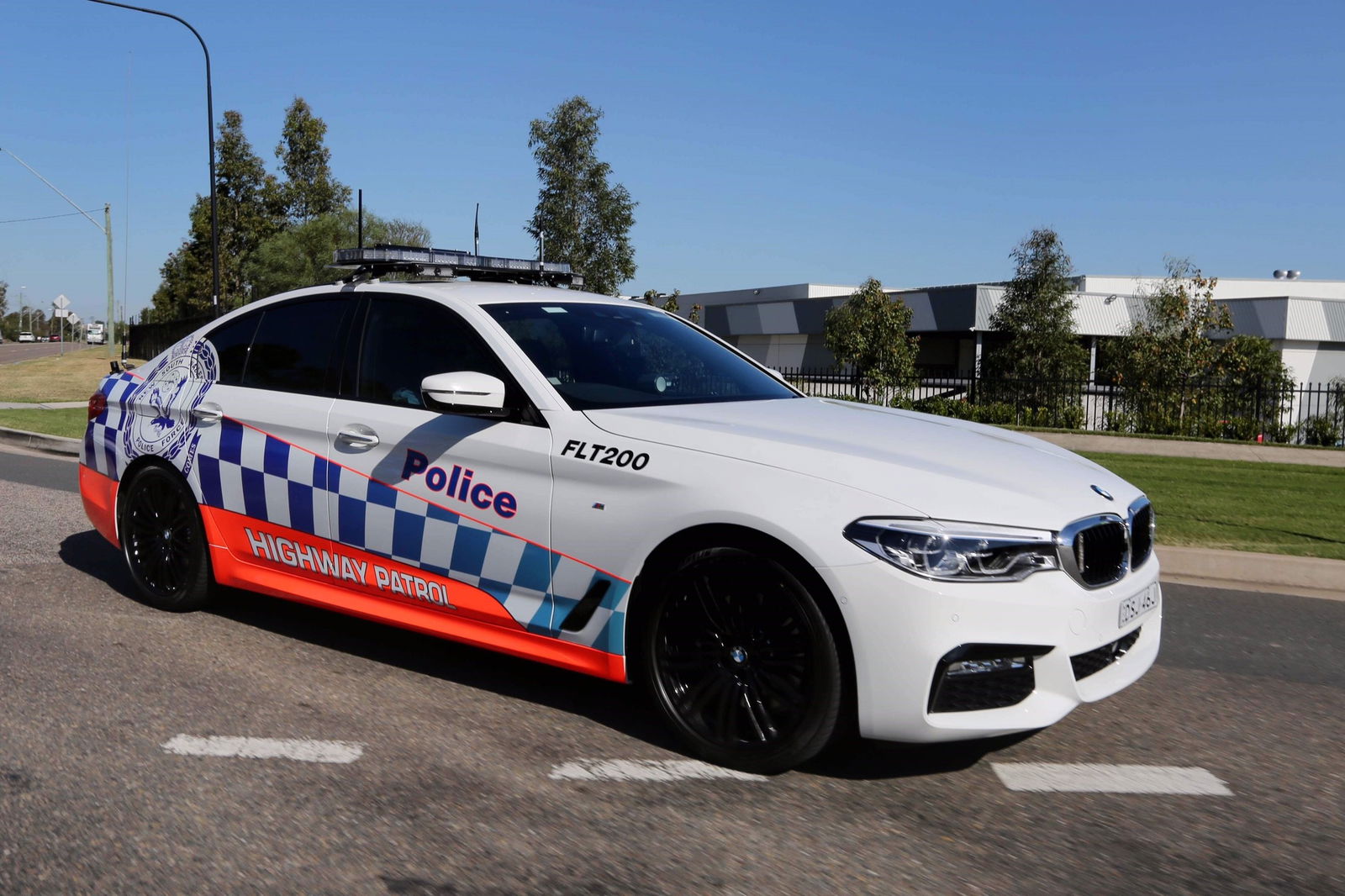













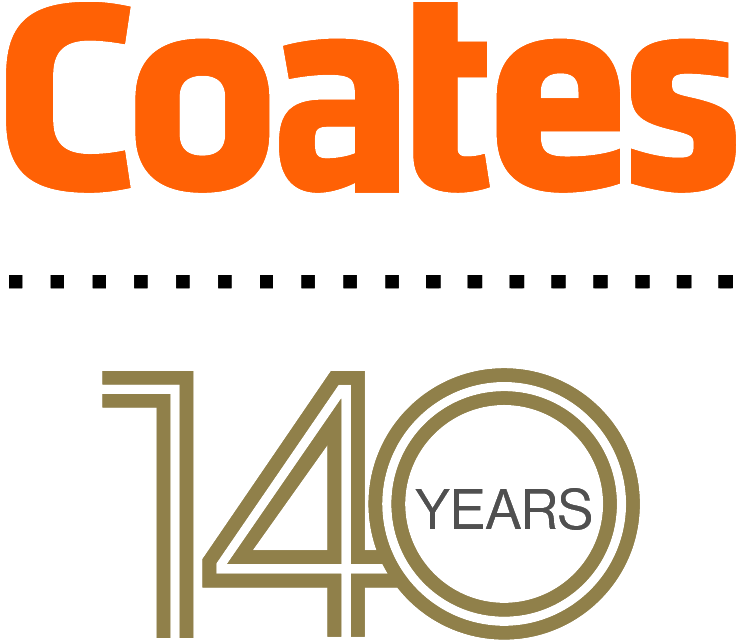



Discussion about this post